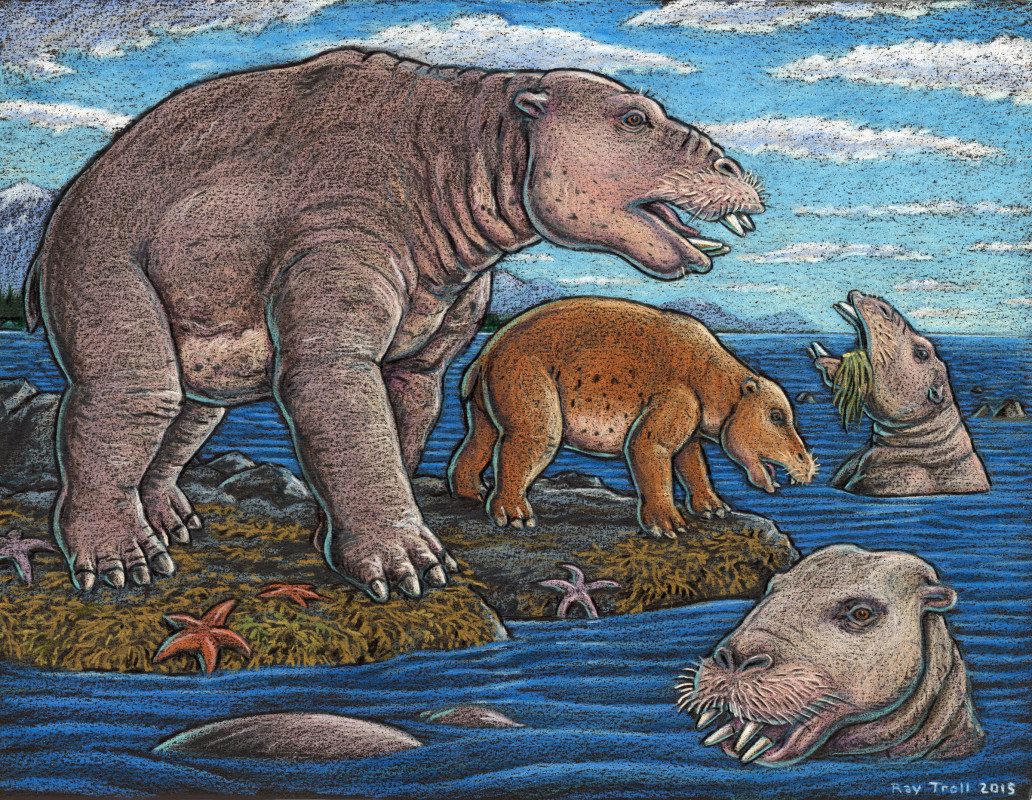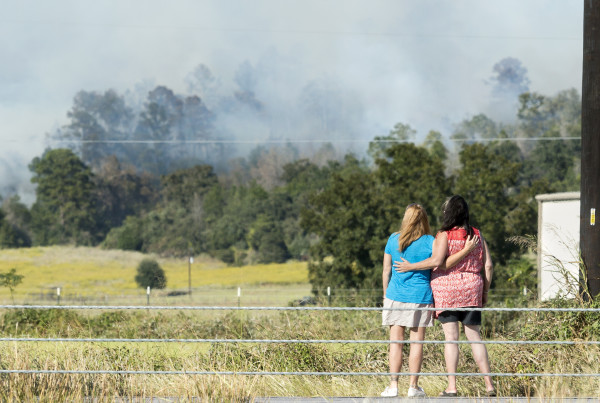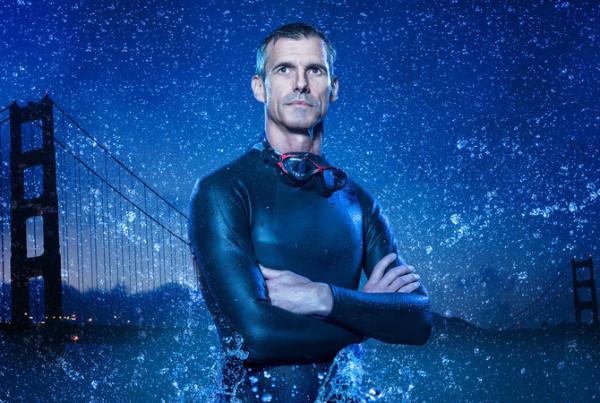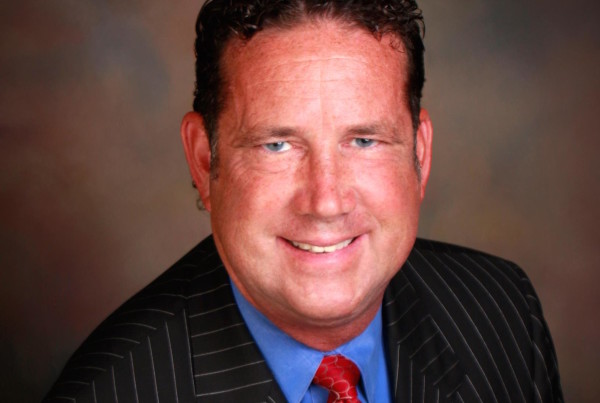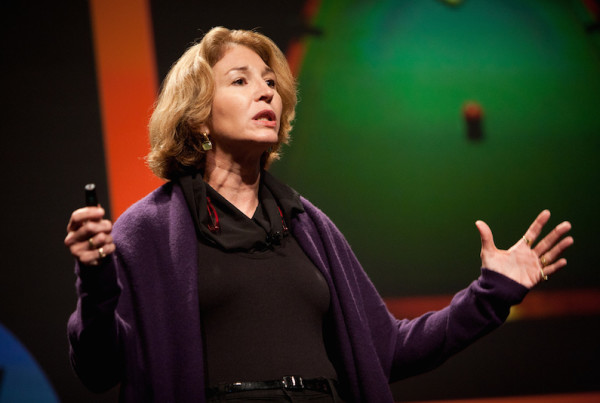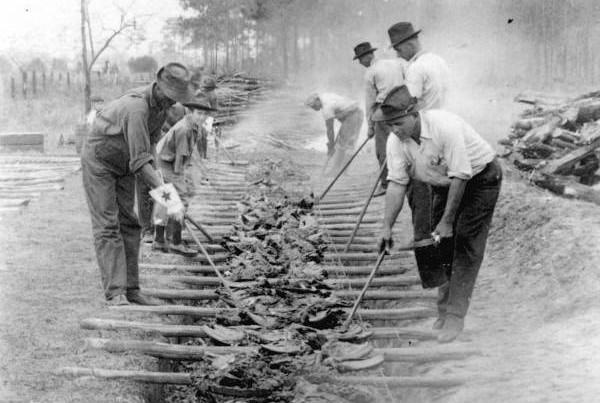This story originally appeared on KERA News.
Everything I knew about paleontology conferences, I learned from TV and “Friends.” There was that time Ross and his girlfriend were prepping for a conference in Barbados.
“By using CT scans and computer imaging, we can in a very real way bring the Mesozoic era into the 21st century,” Ross says.
In the real world, at the conference put on by the Society of Vertebrate Paleontology, the lingo isn’t so simple. Here are some of the session titles:
“A new large non-pterodactyloid pterosaur from a late-Jurassic interdunal desert environment with a neo-eolian nugget sandstone of Northeastern Utah.”
“The hemodynamics of vascular retia: Testing a hypothesis of blood pressure regulation through the artiodactyl carotid rete.”
“The effects of substrate, body position, and plasticity on the morphology of ruminant unguals.”
Louis Jacobs, a vertebrate paleontologist at Southern Methodist University, and Anthony Fiorillo, a paleontologist at Dallas’ Perot Museum, are helping organize the conference. Walking with them is like trailing a rock star – they’re inundated with fans and well-wishers.
“We specialize in animals with backbones, and how they’re preserved in the rocks, and what they mean, and what they tell us about [how] the earth got to be the way it is,” Jacobs says.
For example, Jacobs says, we wouldn’t know much about past climates if it weren’t for rock records – and fossils. This kind of knowledge helps scientists predict what might happen in the future.
And the pair recently announced they had a ground-breaking find: a new species of marine mammal.
“I’d heard rumor that there were some scrappy fossil mammal remains that had been found out there, so I asked Louis to come with me, and we went to the city of Unalaska,” Fiorillo says.
On that Aleutian island, southwest of the mainland, they were presented with a big block of unidentified fossil remains. And in that block, they discovered something new – something they’d never seen before.
They named it a desmostylian. Hippo-sized, it lived 33 million years ago. It had a huge snout and tusks, and swam like a polar bear, with its front legs paddling. It was vegetarian, and consumed food by sucking it like a vacuum.
The conference continues until Saturday and is at the Hyatt Regency in Dallas.


